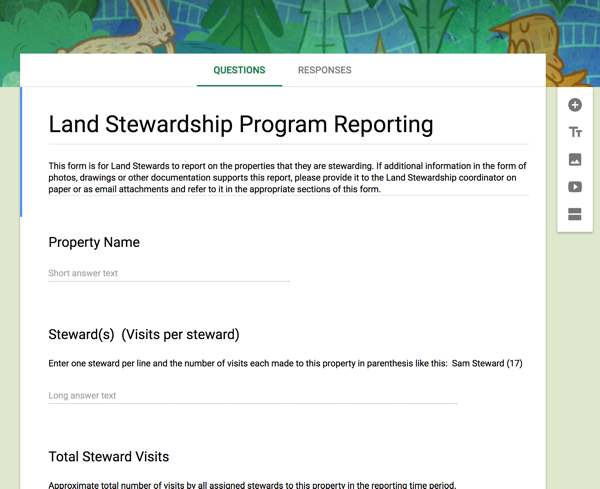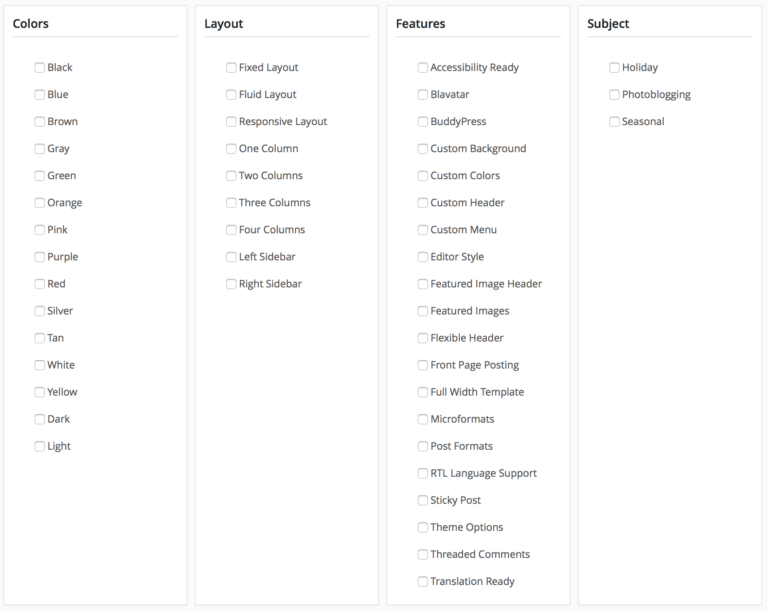WIIFT – Back to basics
A discussion with an elearning course client reminded me that “What’s in it for me?”, from the learner’s perspective (therefore, What’s in it for them? or WIIFT, from the trainer’s perspective) is a really important concept in training as well as in marketing. You may recall I wrote a while back about the prescription for inbound marketing being to wrap your head around the audience’s perspective. In that article I was focused on shifting from “me-out” to “you-in” thinking.
When it comes to training this concept is doubly important because it is about more than the message. It also about the vehicle. I’ve seen so many companies try to jam everything the seller needs to know into a single elearning course and then try to make them “comply” with a learning “requirement” by insisting on course completion and some sort of quiz-like verification of learning. Salespeople don’t generally pre-learn like this though. Stop and think about a day in the life of a salesperson. They are cold calling, following up leads from their networks or from marketing, listening to customers’ needs, positioning solutions, closing sales, checking in on implementations. A lot of topics can come up in one day. They cannot always have everything memorized for every scenario they find themselves in. If you want to truly enable them, think about enablement, including training, from their position. What does that look like?
The formula that truly enables a seller might mean providing a concise webinar, brown bag lunch discussion or elearning course that provides context and a foundation for recognizing opportunities and understanding market fit. Deeper information might be in on-demand courses or simple sales guides that fill in the details when the seller needs to know them. Prompters or battlecards could be physical, online or even embedded in sales tools such as the CRM system to help them prospect or develop opportunities. Collateral that serves each part of the buying (not selling — your best sellers are also thinking WIIFT about their buyer’s process) cycle might enable the seller to help the customer design and decide on a solution that includes your offerings. And, to seal the deal, the seller can use case studies or the stories of how similar buyers in similar industries solved similar needs with solutions like their buyer has in mind! Notice how that wasn’t about similar problems and the same product — that’s not a WIIFT context.
Are you instructing your sellers to be good listeners, to be empathic, to walk in the customers’ shoes but enabling them to talk about your products, your company and your solutions to the customers problems? Or are you enabling your sellers to help your customers become buyers by focusing on what’s in it for the customer and what’s in it for the salesperson when you build your training and complete range of sales enablement?


